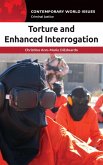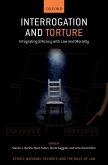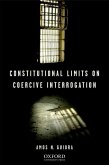The science of interviewing and interrogation has continuously evolved since World War II, through the contributions by experts from around the world, from different legal systems and traditions. But the broader impact of unscientific, ineffective or counter-productive interviewing and interrogation remains profound. Indeed, coercive techniques are still used in many countries even if such practices are criminalized or prohibited under international law. Torture remains a significant problem in fact-finding. It persists also in countries that profess the rule of law. This book discusses the state of our knowledge about interviewing and interrogation in a manner accessible to practitioners and managers in policing and law enforcement, analysts, investigators and prosecutors in criminal justice, and military, security and intelligence actors. The book assists such professionals to keep up to date with the current known methods of non-coercive information elicitation. The authors bring exceptional combined expertise on interview and interrogation methods or techniques used around the world since World War II. They explain the models, methods, frameworks and techniques, when and why they were introduced, as well as their effectiveness in practice across different jurisdictions and socio-political contexts. The book includes contributions by 52 experts, in 24 chapters organized in four parts: Part I: General, Part 2: Suspects, Part 3: Victims and Witnesses, and Part 4: Relevant Organizations. The book builds in part on the publisher's comprehensive anthology 'Quality Control in Criminal Investigation' (published as No. 38 in the same TOAEP Publication Series).








